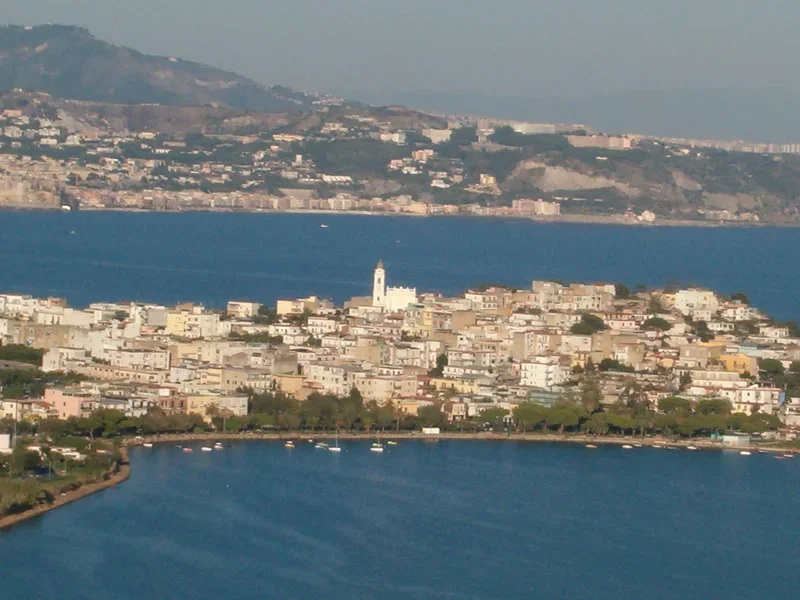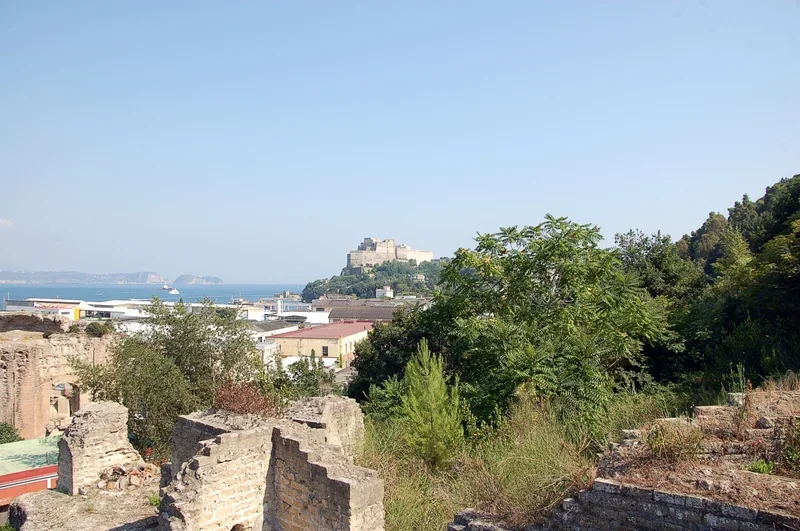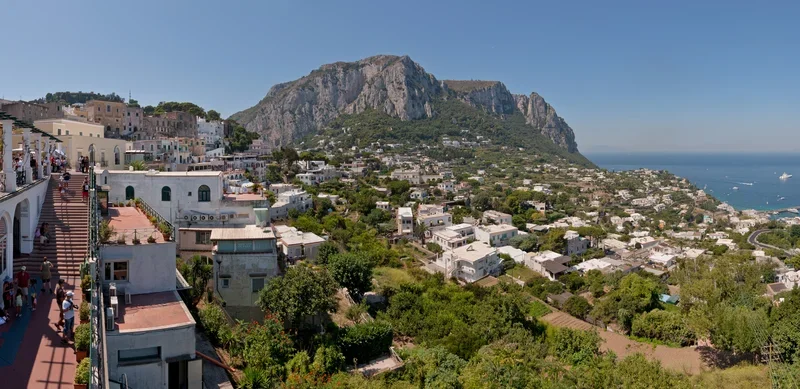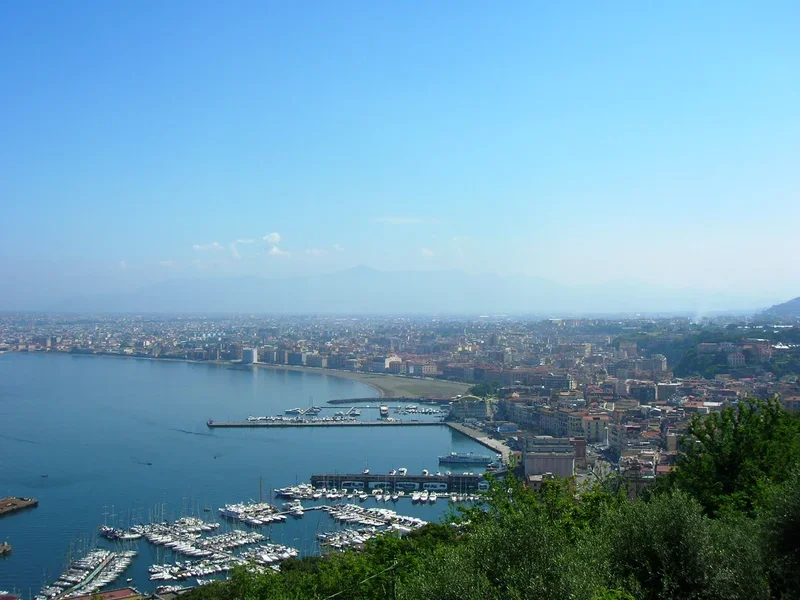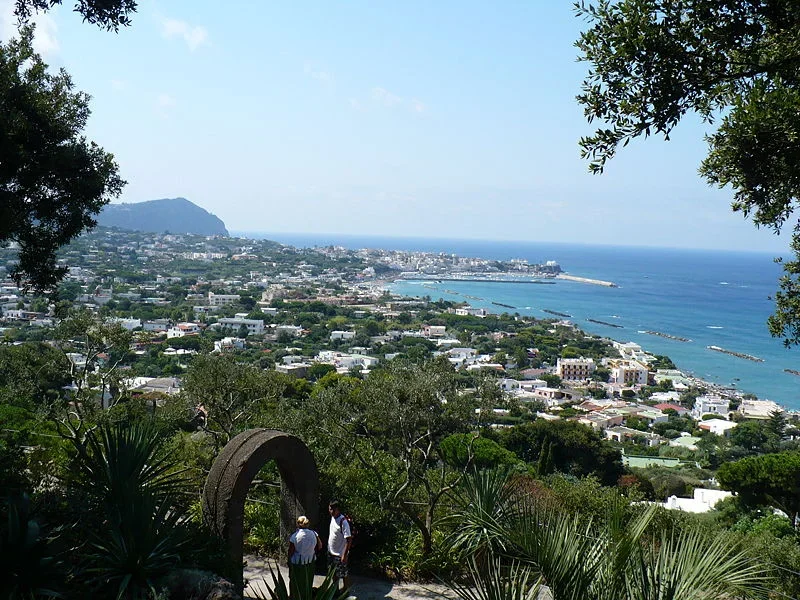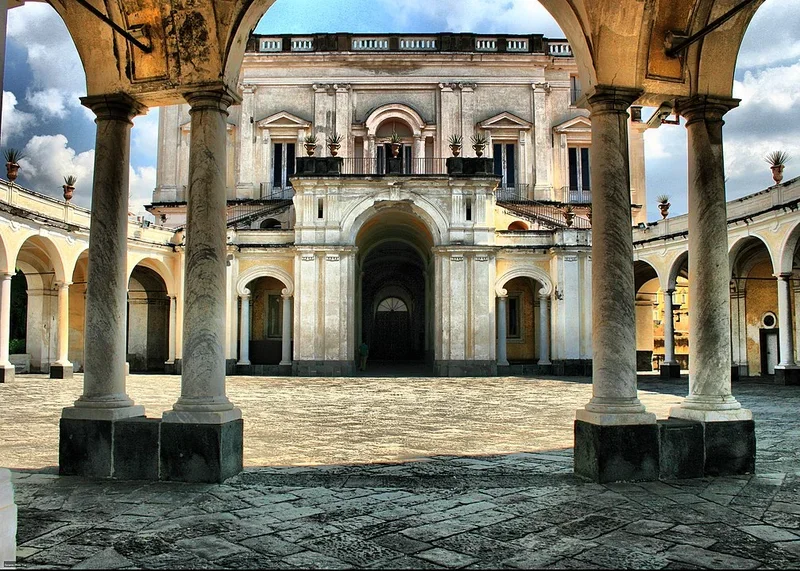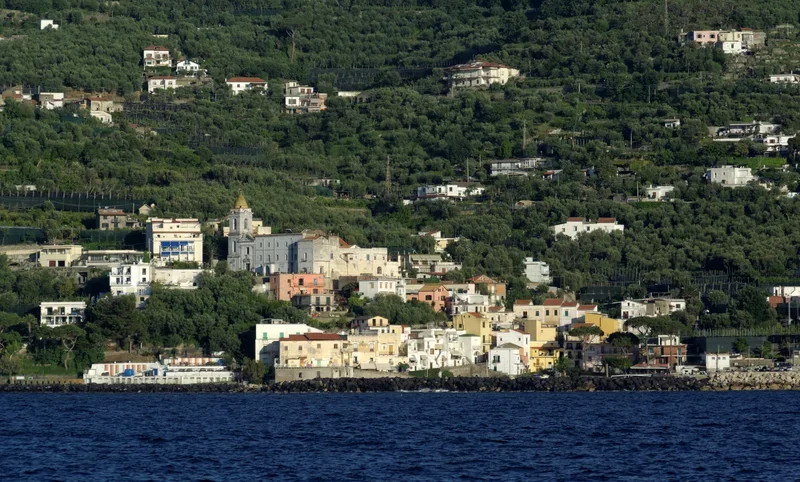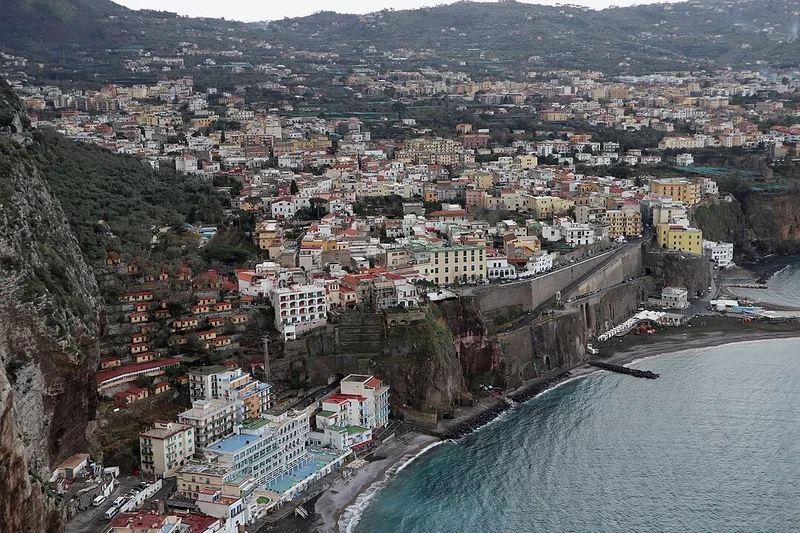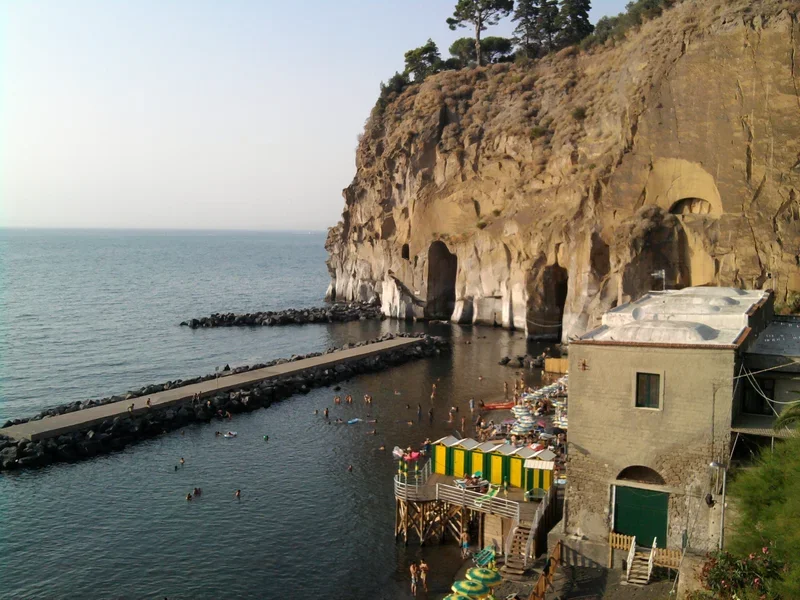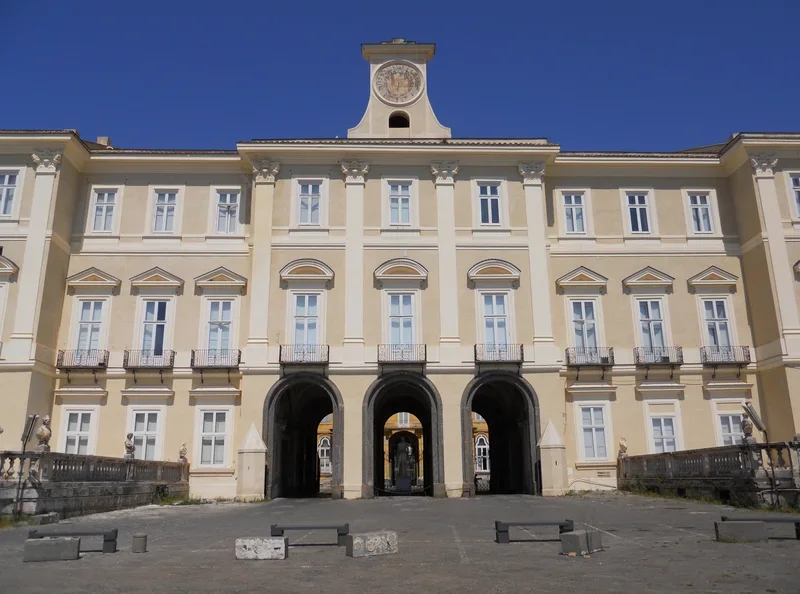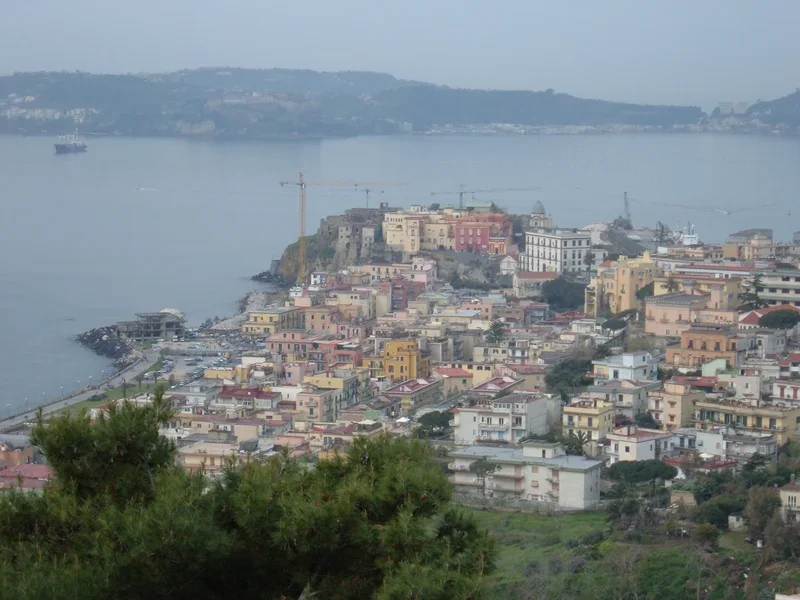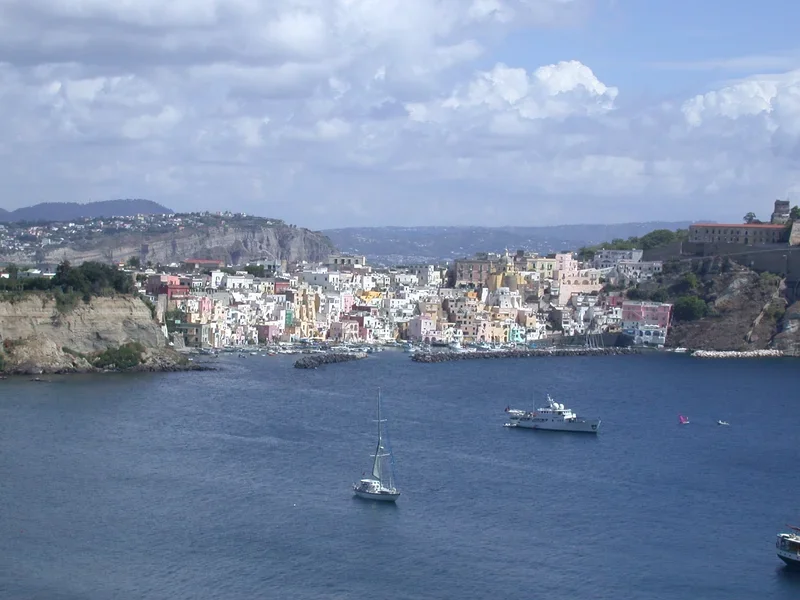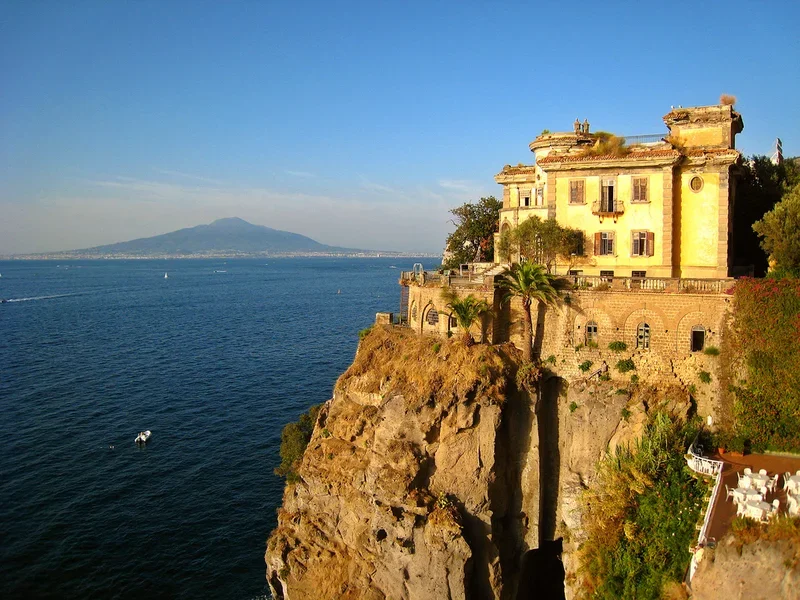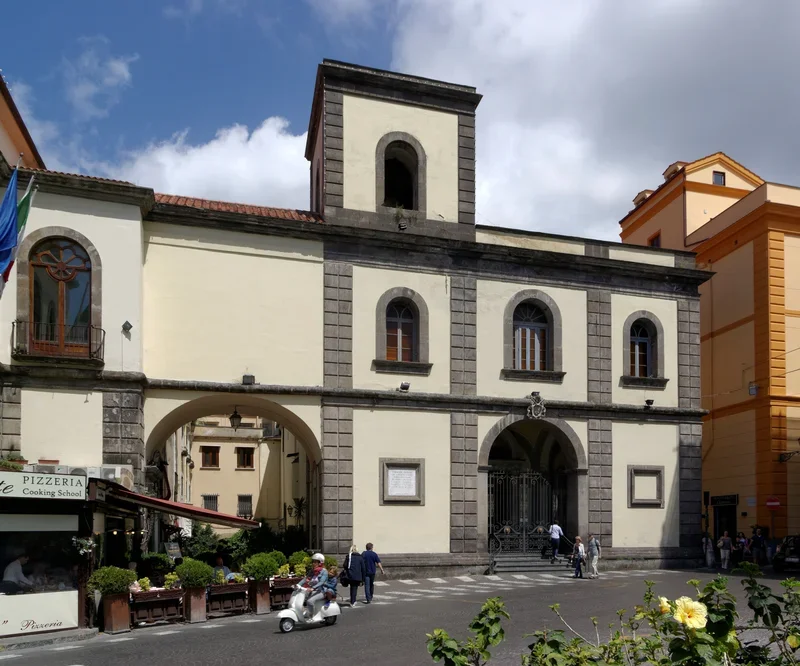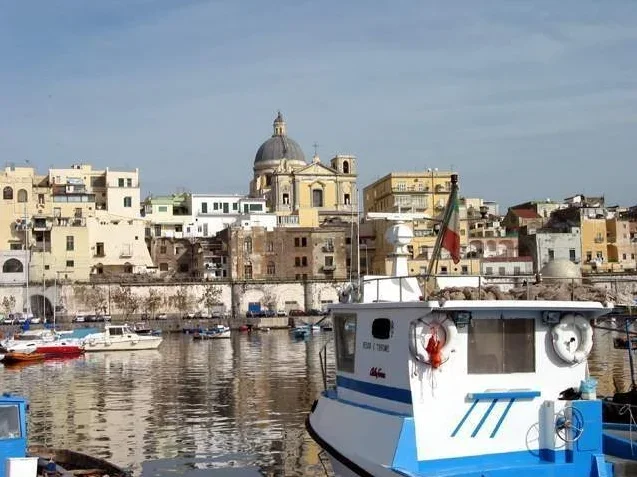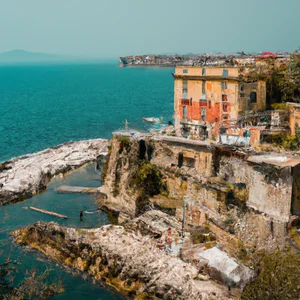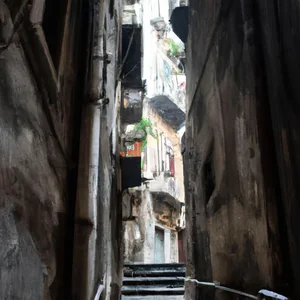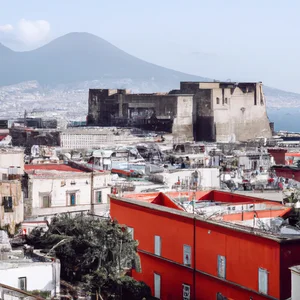Book your experience
Discover Nola: a day of art and tradition with the Pro Loco of Nola
Nola, one of the most fascinating gems of Campania, is a place where history, art and tradition intertwine in a fascinating cultural mosaic. Located a few kilometers from Naples, this city offers visitors a unique opportunity to immerse themselves in a rich and varied heritage, which has its roots in the most ancient eras. With the Pro Loco of Nola as an expert guide, it is possible to discover hidden corners and fascinating stories that characterize this extraordinary place.
The itinerary we propose is a journey that unfolds through ten unmissable stages, designed to provide a complete and engaging experience. We start with a visit to the Cathedral of Nola, an architectural masterpiece that recounts centuries of faith and art. Next, the Diocesan Museum offers an excellent opportunity to admire works of great artistic and religious value. Walking through the historic center, you can breathe in the authentic atmosphere of the city, with its characteristic alleys and lively squares.
The Roman Amphitheater and the Lili Monument reveal the ancient history of Nola, while the Historical Archaeological Museum allows you to delve further into the city’s past. The Church of the Holy Apostles, another architectural gem, cannot be overlooked, and a stop for tasting local specialties is a must for any foodie. The Archaeological Park offers a further immersion in history, before dedicating yourself to the artisan workshops with the Pro Loco, where it is possible to learn traditional techniques and take a piece of Nola home. Join us on this adventure to discover the beating heart of a city that has a lot to offer!
Visit to the Cathedral of Nola
The Cathedral of Nola, dedicated to San Felice, is one of the main places of worship in the city of Nola and represents an important tourist site for visitors interested in the art and history of the area. Built in the 12th century in Romanesque style, the Duomo features a façade decorated with sculptures and a tall bell tower that rises towards the sky. Inside, visitors can admire works of sacred art, including paintings, sculptures and frescoes that tell the religious history of the city.
The Cathedral of Nola is also famous for hosting the relics of San Paolino, bishop and patron saint of the city, which are celebrated every year during the saint's feast. Visitors can participate in religious celebrations and admire the processions that take place through the streets of Nola in honor of San Paolino.
For those interested in religious architecture and spirituality, a visit to the Cathedral of Nola is an experience not to be missed during your stay in the city. The beauty and historical importance of this place will make the visit memorable and enrich visitors' knowledge of the culture and religious tradition of Nola.
Diocesan Museum
The Diocesan Museum of Naples
The Diocesan Museum of Naples is located within the complex of the basilica of Santa Maria Donnaregina Vecchia, in the heart of the historic center of the city. Founded in 1969, the museum houses a rich collection of sacred art works from the churches and monasteries of the diocese of Naples.
Inside the museum it is possible to admire paintings, sculptures, sacred furnishings and liturgical objects dating back to the period between the 14th and 19th centuries. Among the most significant works are the Madonna and Child by Simone Martini, the wooden Crucifix by Donatello and the Altarpiece of Sant'Anna by Francesco Solimena.
The Diocesan Museum represents a true treasure chest of artistic and historical treasures, which testify to the richness and spirituality of the Neapolitan religious tradition. The visit to the museum offers visitors the opportunity to immerse themselves in the history and art of the city, discovering the important role played by religion in the life and culture of Naples over the centuries.
Walk through historic center
Description
A walk in the historic center of Naples is a unique experience that allows you to immerse yourself in the history and culture of the city. The historic center of Naples has been declared a World Heritage Site by UNESCO and is rich in artistic and architectural treasures.
What to see
During the walk in the historic center of Naples you will be able to admire numerous monuments and places of interest. Among the main places to visit are the Piazza del Gesù Nuovo, with its church of the same name and the obelisk of San Gennaro, the Via San Gregorio Armeno famous for its artisan shops selling nativity scenes and statuettes, the Piazza del Plebiscito with the Palazzo Reale and the San Carlo Theatre, the Maschio Angioino, the Cathedral of Naples and much more.
What to do
During the walk in the historic center of Naples you will also be able to taste the true Neapolitan cuisine, famous throughout the world for its goodness and authenticity. You will be able to enjoy the margherita pizza, the Sfogliatella, the Babà and many other delicacies. Furthermore, you can go shopping in the numerous artisan shops that sell ceramics, wooden objects and other typical products of the Neapolitan tradition.
Practical advice:
To best enjoy the walk in the historic center of Naples I recommend you wear comfortable shoes and bring a bottle of water with you, especially during the summer months when temperatures can be very high. Furthermore, I advise you to find out the opening hours of the monuments and museums you wish to visit, in order to better organize your day.
Roman Amphitheatre
History and description
The Roman Amphitheater of Naples, located in the heart of the historic center of the city, is one of the most important and well-preserved archaeological sites in Naples. Built in the 1st century AD. during the Roman era, the Amphitheater was originally used for gladiatorial shows and competitions between fighters.
With a capacity of around 20,000 spectators, the Roman Amphitheater of Naples was one of the largest amphitheaters of the Roman era. The structure was composed of two floors of overlapping arches, with corridors and stairs to allow the public to access the different sectors of the amphitheater.
After the collapse of the Roman Empire, the Amphitheater fell into disrepair and was buried under layers of sediment. It was brought to light only during the 19th century, during archaeological excavation works which returned one of its most precious treasures to the city.
Today, the Roman Amphitheater of Naples is open to the public and offers visitors the opportunity to immerse themselves in the history of ancient Naples, through guided tours and exhibitions that illustrate daily life during Roman times.
Monument to the Lilies
The Lilies Monument in Naples
The Lilies Monument is one of the most iconic attractions of Naples and represents an important symbol of the city. Located in the heart of the historic center, this monument is an unmissable stop for tourists who want to immerse themselves in the culture and history of Naples.
The Monument to the Lilies is an imposing structure that represents the tradition and devotion of the Neapolitans towards the Madonna. This monument is composed of a series of white lilies that rise towards the sky, symbolizing the purity and spirituality of the city.
The visit to the Lilies Monument offers tourists the opportunity to admire this architectural wonder up close and to discover the history and meaning behind this structure. Furthermore, the central location of the monument makes it easily accessible and allows visitors to combine the visit with other nearby attractions, such as the Cathedral of Nola, the Diocesan Museum and the Roman Amphitheatre.
For tourists interested in Neapolitan culture and tradition, the Monument to the Lilies represents an essential stop during a visit to Naples. Thanks to its beauty and symbolic meaning, this monument has become one of the most loved places by residents and visitors of the city.
Historical Archaeological Museum
Description
The Historical Archaeological Museum of Naples is an essential stop for anyone interested in the history and archeology of the city. Located in the heart of the historic center, the museum houses a rich collection of artefacts that tell the thousand-year history of Naples and its surroundings.
Collections
The collections of the Historical Archaeological Museum range from prehistoric times to the Roman period, offering a fascinating overview of the life and culture of the populations who inhabited this land over the centuries. Among the most significant pieces of the museum are the statues, ceramics, coins and tombs, which allow visitors to completely immerse themselves in the ancient history of Naples.
Events and Exhibitions
In addition to its permanent collection, the museum regularly hosts events, temporary exhibitions and conferences on topics related to archeology and local history. These initiatives offer visitors the opportunity to deepen their knowledge and discover new aspects of the history of Naples and its surroundings.
Timetables and Useful Information
The Historical Archaeological Museum of Naples is open to the public every day, except Tuesdays, from 9:00 to 19:00. Entrance is paid, but there are discounted rates for students, seniors and organized groups. For further information on opening times, prices and ongoing events, you can consult the museum's official website or contact the information office directly.
Church of the Holy Apostles
Description
The Church of the Santi Apostoli is one of the oldest and most evocative places of worship in Naples. Located in the heart of the historic center, this church dates back to the 10th century and is dedicated to the twelve apostles of Jesus. The building has a Romanesque architectural style and inside you can admire numerous frescoes and works of art of great historical and artistic value .
Opening hours
The Church of the Holy Apostles is open to the public every day, with opening hours that may vary depending on the season. It is advisable to check the opening hours before planning your visit.
Guided tour
To fully discover the history and curiosities linked to the Church of the Holy Apostles, it is possible to take part in guided tours organized by experts in the sector. During the visit, you will be able to appreciate the architectural details of the building and listen to interesting anecdotes linked to its thousand-year history.
Events and celebrations
The Church of the Holy Apostles is also the site of important religious events and celebrations, including solemn masses, processions and patronal feasts. Participating in one of these events allows visitors to immerse themselves in the tradition and spirituality of ancient Naples.
Useful tips
Before visiting the Church of the Holy Apostles, it is advisable to dress appropriately and respectfully, covering your shoulders and legs. Furthermore, it is advisable to maintain respectful behavior during the visit, avoiding disturbing the faithful who may be present for moments of prayer or meditation.
Tasting of local specialties
The culinary tradition of Naples
Tasting local specialties in Naples is an unmissable experience for those visiting the city. Neapolitan cuisine is renowned throughout the world for its authenticity, intense flavors and variety of typical dishes that represent the history and culture of the region.
What to taste during the tasting
During the tasting of local specialties in Naples you will have the opportunity to taste typical dishes such as pizza margherita, buffalo mozzarella, pasta and beans, aubergine parmigiana, Neapolitan fried foods, Sfogliatella and babà. Each dish tells a story and allows you to immerse yourself in the city's culinary tradition.
Where to taste local specialities
To best savor the local specialties of Naples I recommend you visit the trattorias and restaurants in the historic center, where you can enjoy dishes prepared with fresh, high-quality ingredients. Furthermore, you can take part in food tours led by local experts who will take you to discover the authentic flavors of the city.
Conclusions
Tasting local specialties in Naples is an experience that allows you to discover the true essence of Neapolitan cuisine and appreciate the passion and creativity that lie behind each dish. Take advantage of this opportunity to delight your palate and live an unforgettable experience during your visit to Naples.
Archaeological Park
Description
The Archaeological Park of Naples is one of the most fascinating and history-rich places in the city. Located in the heart of the historic center, this park offers visitors the opportunity to immerse themselves in the ancient history of Naples and discover unique archaeological finds.
What to see
Inside the Archaeological Park it is possible to admire the remains of ancient Roman structures, such as the baths and patrician villas, which testify to the wealth and grandeur of ancient Naples. Furthermore, there is also a well-preserved Roman amphitheater, where gladiatorial shows and games once took place.
The park also offers the possibility of taking a walk among the archaeological remains, immersed in a suggestive and unique atmosphere. Furthermore, it is possible to take part in guided tours to learn more about the history of the place and the artefacts present.
Tips for visiting
To fully enjoy the experience in the Archaeological Park of Naples, it is advisable to wear comfortable shoes and bring water and sunscreen, especially during the summer months. Furthermore, it is advisable to book guided tours in advance to avoid long waits and ensure a more complete and interesting experience.
Don't miss the opportunity to visit the Archaeological Park of Naples during your stay in the city, to discover the thousand-year history of this extraordinary place and be fascinated by the beauty of the archaeological finds.


